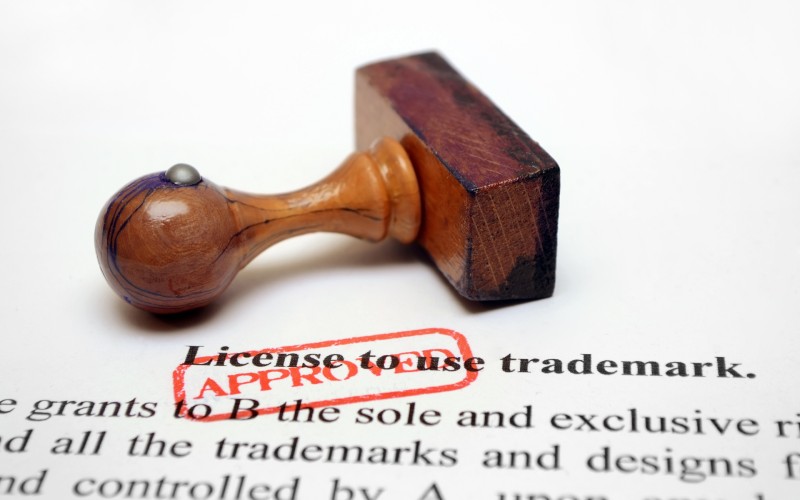
Over the past few months, Thorntons’ Trade Marks team have observed an increase in fraudulent trade mark invoices being sent to some of our clients, disguised as official communications from legitimate trade mark registries such as the UK Intellectual Property Office (IPO), World Intellectual Property Office (WIPO) or European Union Intellectual Property Office (EUIPO). The growing sophistication of these scams poses a legitimate threat to business owners, especially those businesses in their infancy seeking to protect their intellectual property (IP), when cash flow may be limited.
This blog seeks to highlight how this scam works, how to spot a misleading invoice and finally, how to respond to these communications.
The Scam
Sent by either post or email, a fraudulent invoice is unsolicited mail requesting payment for some unnecessary service such as protection or publication of a newly submitted trade mark. The costs of publication are due at the point of submitting an application, all costs should be communicated to you at the time of submission by either the IPO or the solicitor that you have instructed on your behalf. There should never be additional filing or publication costs.
Another element of this scam, lending legitimacy to these invoices in the eyes of their target, is the exploitation of publicly available, online information relating to new mark applications. During the registration process, trade marks will be published by registries in official journals for a period of two - three months where existing trade mark owners can oppose registrations. Ensuring that informed oppositions can be raised, alongside the trade mark themselves, identifying information, such as the name/chosen address of the applicant is also published. Whilst providing the scammer with the details of whom their scam invoice should address, specific details of the trade mark application can be incorporated into the invoice to give it a further appearance of reliability.
How to Spot
Thankfully, there are a few telltale signs that an invoice may not be as legitimate as it appears. If you have made a trade mark application and received an invoice that makes you unsure, please consider the following.
1. The Sender’s Name
When receiving such invoices, a first consideration should always be given to the author. As a general rule, if a communication has not come directly from the registry where your application was made (or your representative, who may have applied on your behalf), then it will be a fake.
Nevertheless, you must also take caution to when analysing the name of the organisation. The UK IPO, also keenly aware of the recent increase in misleading invoices issued, point out that many scammers use names extremely similar to legitimate organisations. Please find a non-exhaustive list of example scam organisations below:
|
|
|
|
|
|
|
|
|
|
|
|
|
|
|
|
|
|
|
|
|
Other oddities such as spelling, grammatical or formatting errors may also indicate a scam communication.
2. “URGENT” or “IMPORTANT”
Hoping to panic targets into action without first properly scrutinising their legitimacy, scammers often mark hoax invoices as matters which are “URGENT” or “IMPORTANT”. Communications sent from official trade mark organisations are always sent in advance, leaving ample opportunity for the recipient to examine and consider their next steps. Should you receive an “urgent” communication, approach it’s contents with extra caution.
3. Pricing
Trade mark organisations such as the IPO, WIPO and EUIPO are extremely transparent about the different costs associated with registering/renewing marks on their registries. Whilst registration fees will be due at the point of application, trade mark applicants should be able to easily calculate the costs to renew the registration of their trade make online. Faced with a suspicious renewal invoice which quotes amounts above those usually paid, this is a quick way to immediately spot a fake.
What Next?
If you believe you have received a misleading invoice, never pay this in the first instance as it is highly unlikely that you will get your money back should you be proven correct. Organisations operating these scams often operate across borders making it extremely difficult for agencies to investigate and bring enforcement proceedings against these guilty parties. Should you be worried about a trade mark invoice you have recently received, you can contact misleadinginvoices@ipo.gov.co.uk who can advise on the legitimacy of the correspondence.
If you are thinking about applying for a trade mark Thorntons have a highly skilled and enthusiastic team ready to offer expert assistance throughout the whole process.

